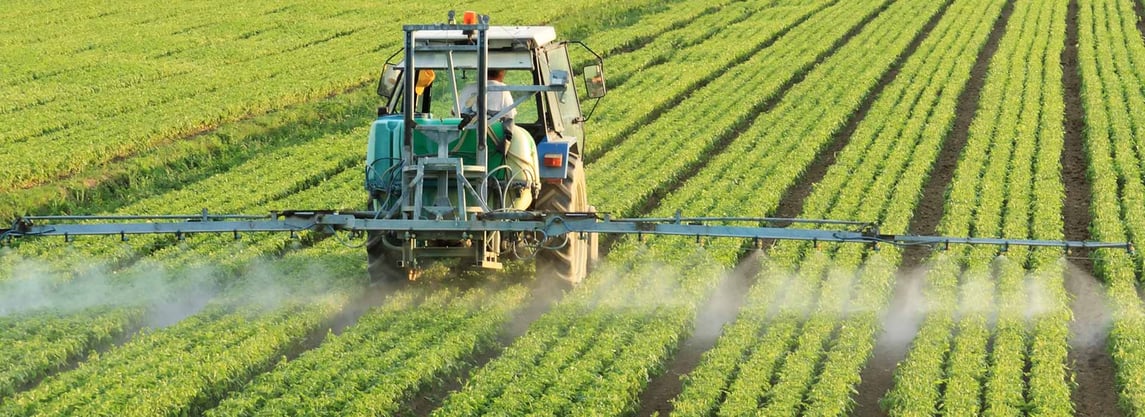Nitrogen Management & Crop Performance
-2.png?width=1170&height=390&name=Untitled%20design%20(6)-2.png)
Posted By: Wesley Chun, Ph.D. /
-2.png?width=1170&height=390&name=Untitled%20design%20(6)-2.png)
Posted By: Wesley Chun, Ph.D. /

Introduction
In 1967, Gene L. Coon, in the Star Trek episode “Devil in the Dark,” introduced a silicon-based life form, the Horta. The story exemplified author Andrew Smith’s axiom “People fear what they don’t understand and hate what they can’t conquer.” As a scientist, the show resonated deeper. I immediately recognized that silicon (Si) and carbon (C) have many similarities. Both are members of the Periodic Table Chemical Group 14. Group 14 members are able to form four chemical bonds. Carbon is the key element to all life forming bonds with other elements like hydrogen, nitrogen, and oxygen. Silicon can also bond with hydrogen, nitrogen, and oxygen. Back then, it was thought provoking on why life did not involve silicon. Today, we know that modern day Hortas exist on Earth and silicon is very important if not essential for plant and animal life.
Posted By: Wesley Chun, Ph.D. /

Posted By: Wesley Chun, Ph.D. /

Posted By: Wesley Chun, Ph.D. /
-1.png?width=1165&height=388&name=Untitled%20design%20(8)-1.png)
By Wes Chun, Ph.D., Chief Science Officer
Introduction
Manganese is found in over 300 different minerals and is the fifth most abundant metal in the Earth’s crust. It belongs in Group 7 of the periodic table which includes the extremely rare rhenium, synthetically produced bohrium, and technetium which is found in trace amounts as a product of spontaneous fission in laboratories. Manganese (Mn) is a hard, brittle, and silvery metal that is most often found in minerals combined with iron. The main mining areas for manganese are in Africa, Australia, China and Gabon. Manganese is also found in alternating layers with iron in polymetallic nodules found in shallow and deep waters of oceans and some lakes. These manganese nodules are found in sizeable deposits near the Cook Islands, midway between Hawaii and the Clipperton Islands, the Peru basin, southern Indian Ocean, and in the Eastern Pacific. All but the Cook Islands are in international waters and could be mined as early as 2026 depending on the establishment of regulations, standards, and guidelines established for deep sea mining.
Posted By: Wesley Chun, Ph.D. /

It has been decades since I first learned about essential elements for plants. Back then, there were 16 essential elements, now there are 18. So it’s a good time to have a refresher course on fertilizer basics and update our current knowledge of the essential elements. In the next series of articles we will revisit all the macro and micro nutrients. But before we do that, let’s return to fertilizer basics.
Be the first to receive industry insights and new information from our weekly newsletter.